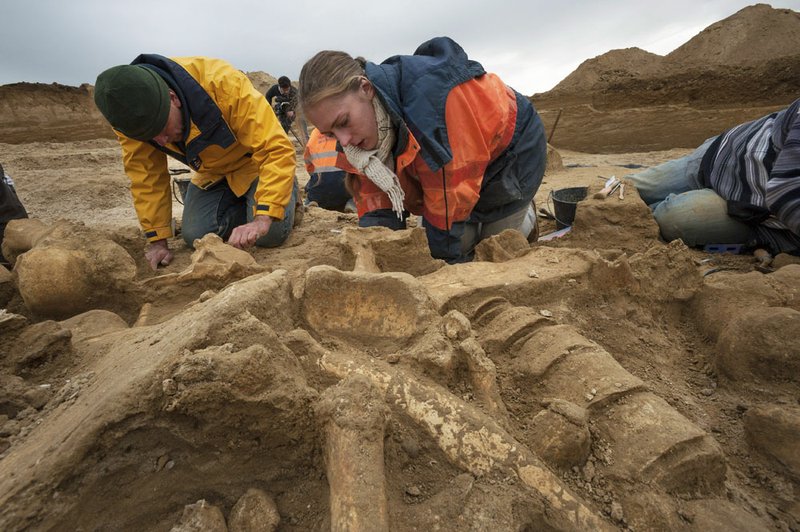PARIS, France — Archaeologists in France have unearthed a rather hairy fossil — a nearly complete skeleton of a mammoth.
The bones — thought to belong to a creature that roamed the earth between 200,000 and 50,000 years ago — were discovered by accident during the excavation of an ancient Roman site 30 miles east of Paris.
It may be only the third remains of a long-haired woolly mammoth discovered in France in the last 150 years. Such discoveries are more common in Siberia.
Archaeologists will try to establish the circumstances of the long tusked specimen's death: If it drowned in the River Marne or was hunted by Neanderthal Man.
It was a French scientist, Georges Cuvier, who first identified the woolly mammoth in 1796.
